All illustrations by Felicity Rose Cole
1
Willow warbler Phylloscopus trochilus (above)
Immatures are much brighter than adults, with entirely yellow underparts and a greener wash to the upperparts.
2
Whitethroat Sylvia communis
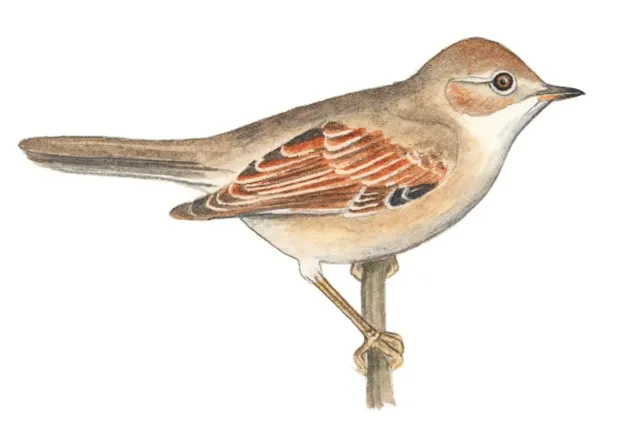
Young are similar to adult females, but with brown not greyish heads and brighter chestnut wing panels.
At this time of year some warblers swap their usual insect diet for fruit, and now berry-bearing shrubs such as elder are buzzing with them. For whitethroats, fruit is vital fuel for the flight to their winter homes in the Sahel, an arid region south of the Sahara.
3
Blackcap Sylvia atricapilla
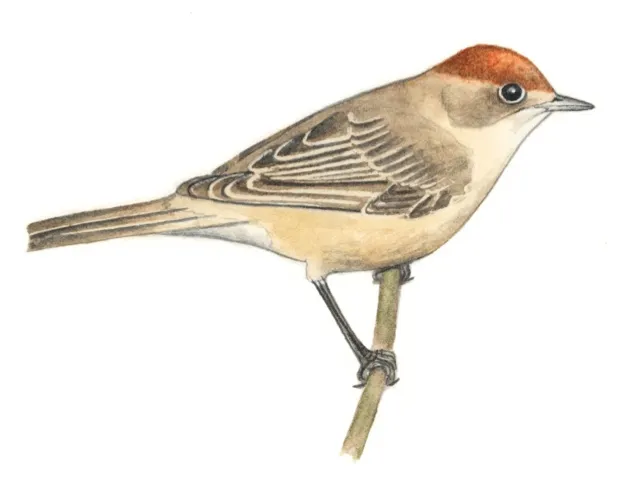
Immatures are browner overall than adults, with pale chestnut caps like those of adult females.
4
Redstart Phoenicurus phoenicurus
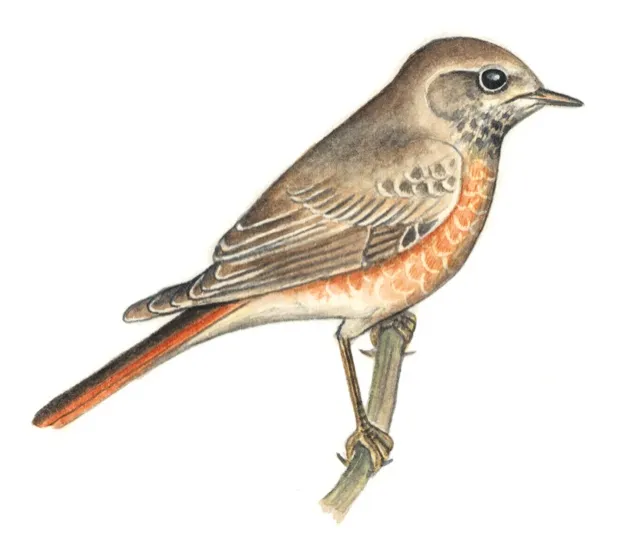
Young of both sexes have orange tails; young males also have hints of a black hood and a white forehead.
5
Whinchat Saxicola rubetra
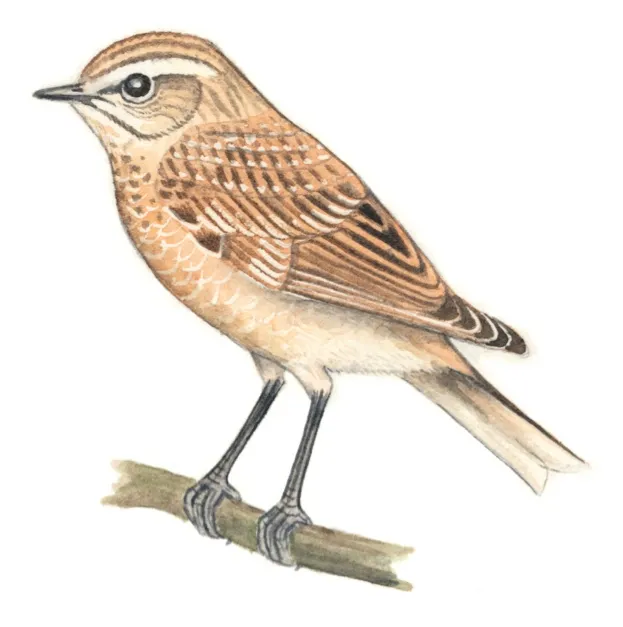
Young resemble adult females, but are paler and more speckled, often with some spots on the breast.
6
Wheatear Oenanthe oenanthe
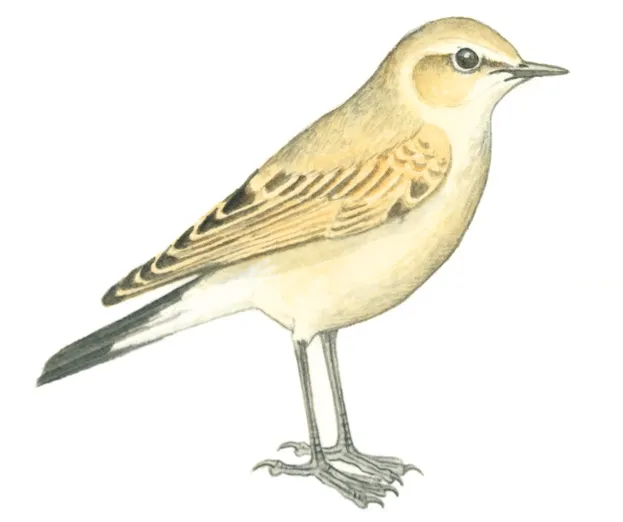
Young are sandy above, not greyish as in adults, with paler eyestripes and less-defined cheek patches.
7
Pied flycatcher Ficedula hypoleuca
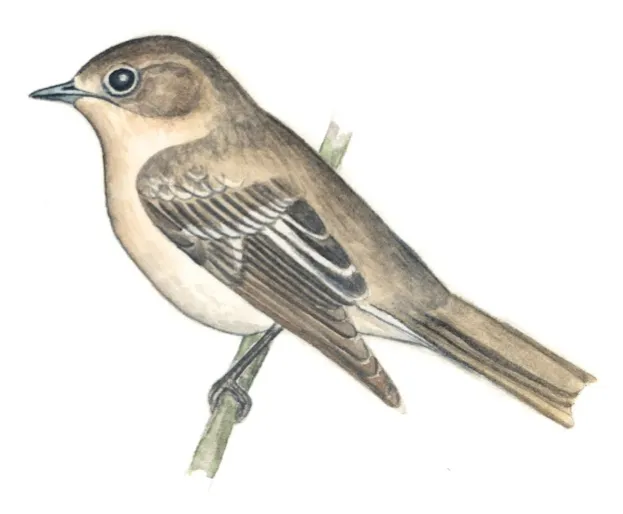
Immatures are pale below and grey-brown above with white wing bars, much like adult females.
8
Ring ouzel Turdus torquatus
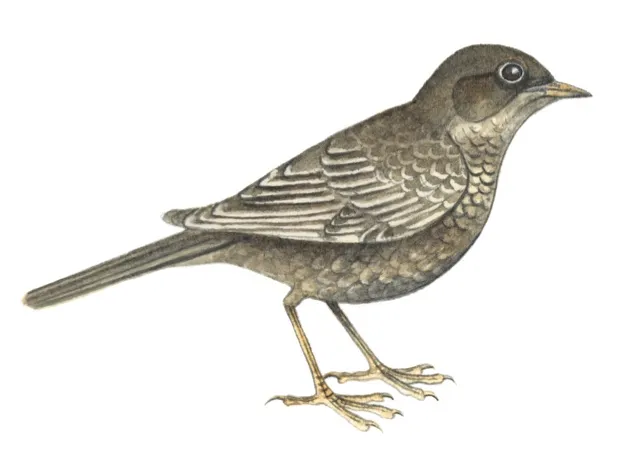
Young look ‘scaly’ but often have just a trace of the adult diffuse breast band, so resemble young blackbirds.
9
Yellow wagtail Motacilla flava
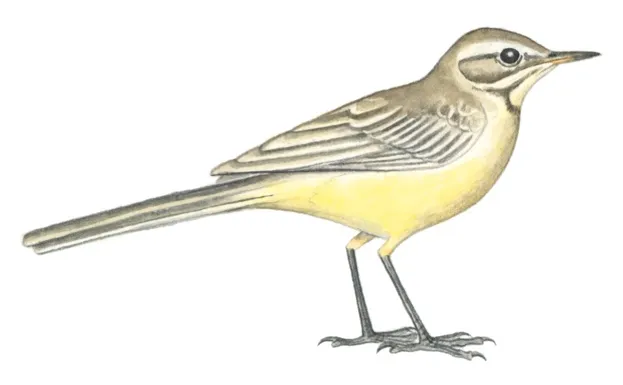
Young are more buff and grey than yellow, so can be confusingly pipit-like, but lack the streaky breasts of pipits.
10
Hobby Falco subbuteo
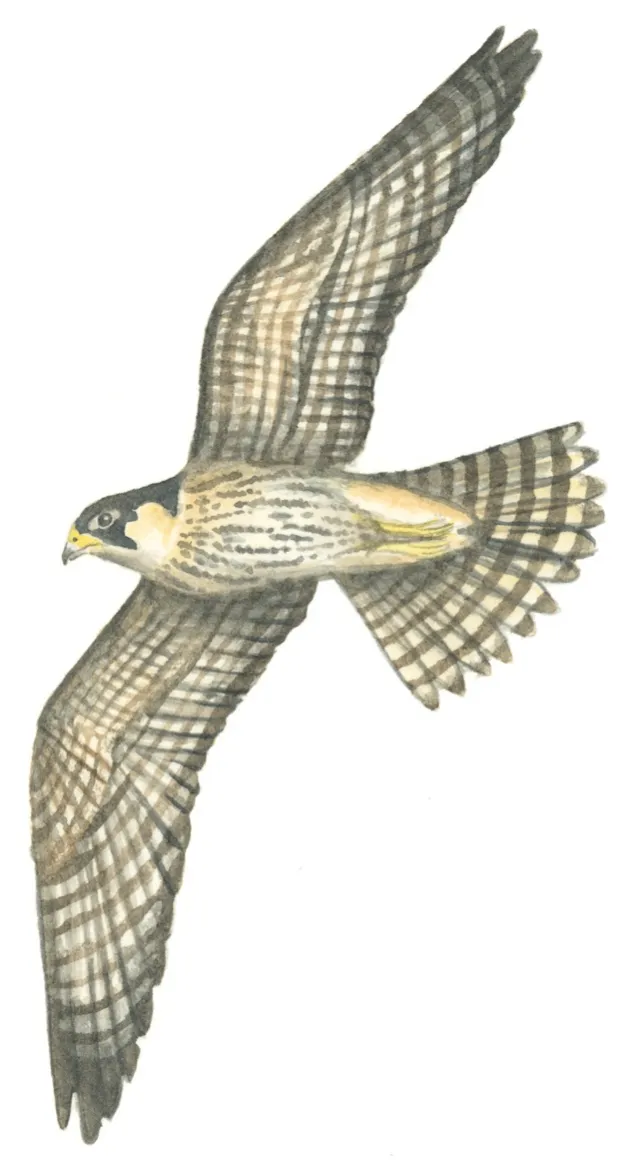
Immatures lack the red ‘trousers’ and undertail feathers of adults, and have buff-tinged underparts.
11
Common tern Sterna hirundo
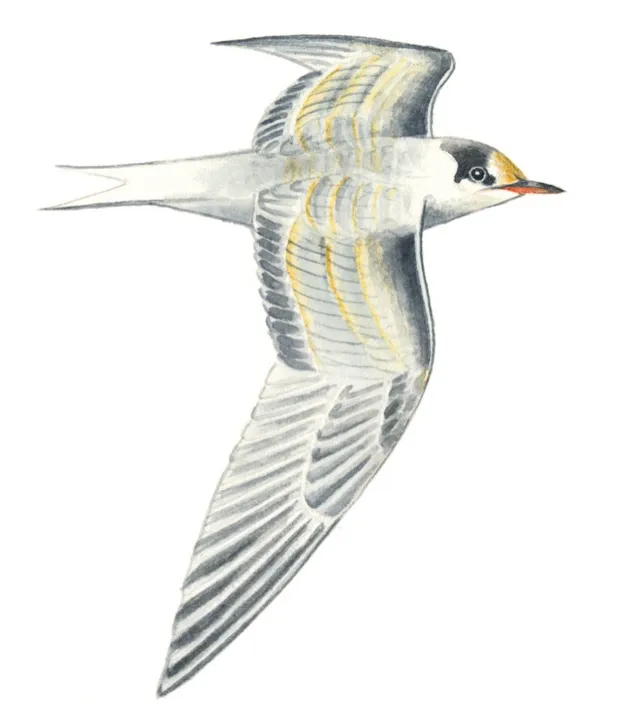
Young lack the blood-red bills of summer adults, but beware: adults may also have darker bills in autumn.
12
Arctic tern Sterna paradisaea
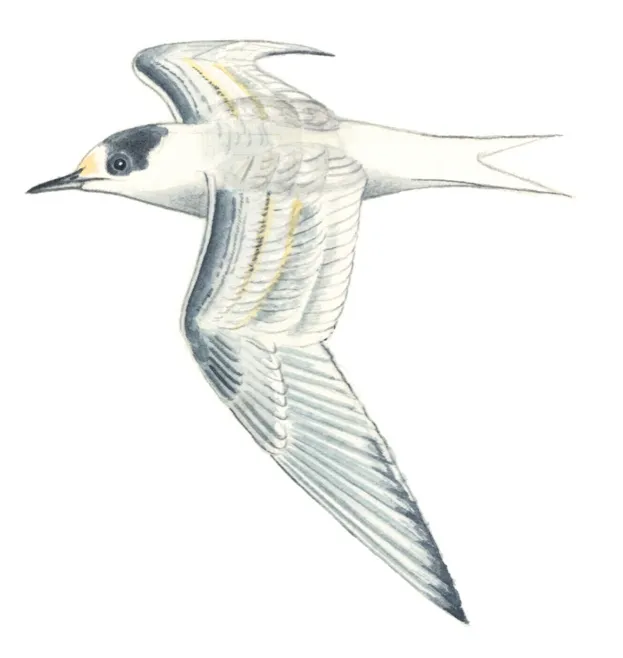
Young have darker bills and shorter tails than adults; can be very similar to immature common terns.
